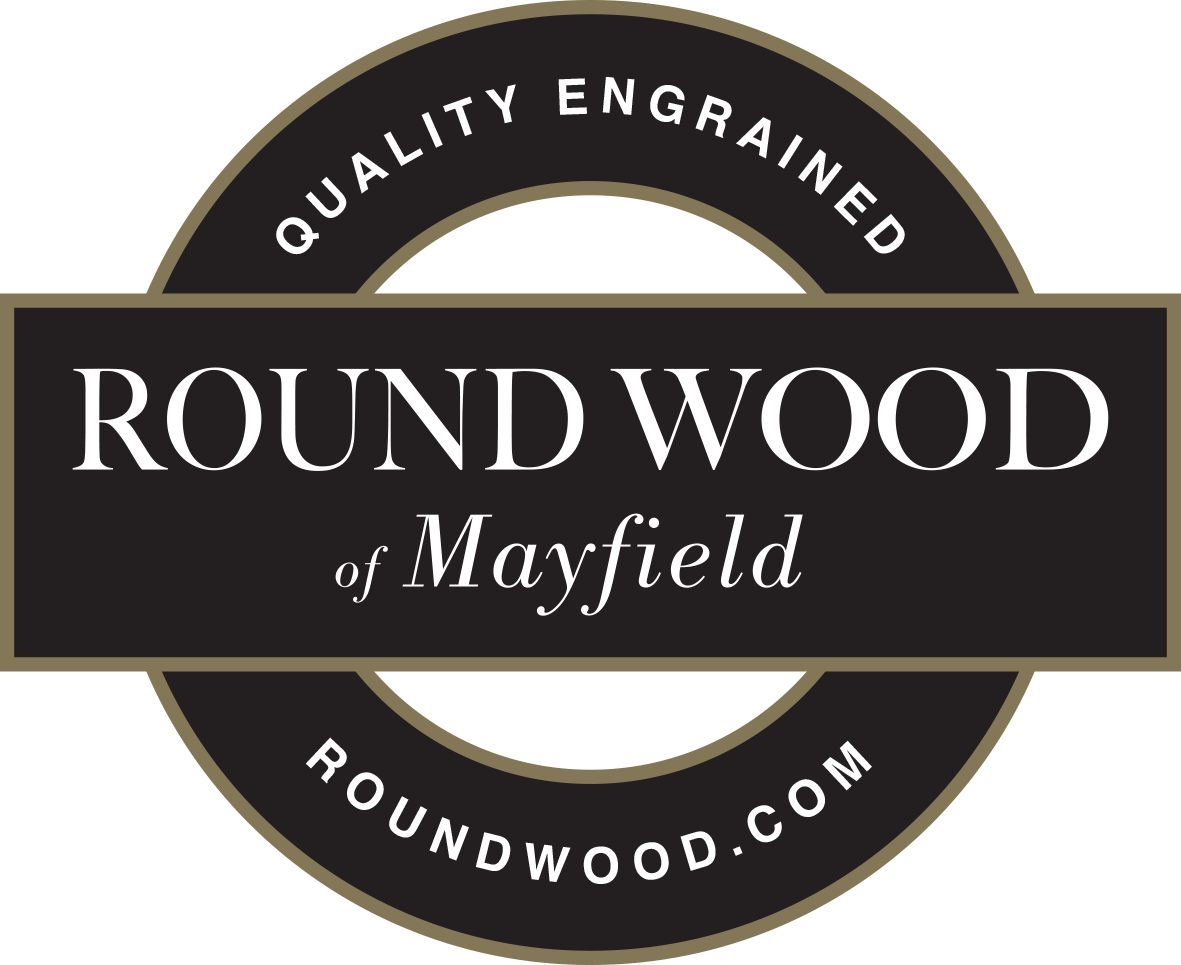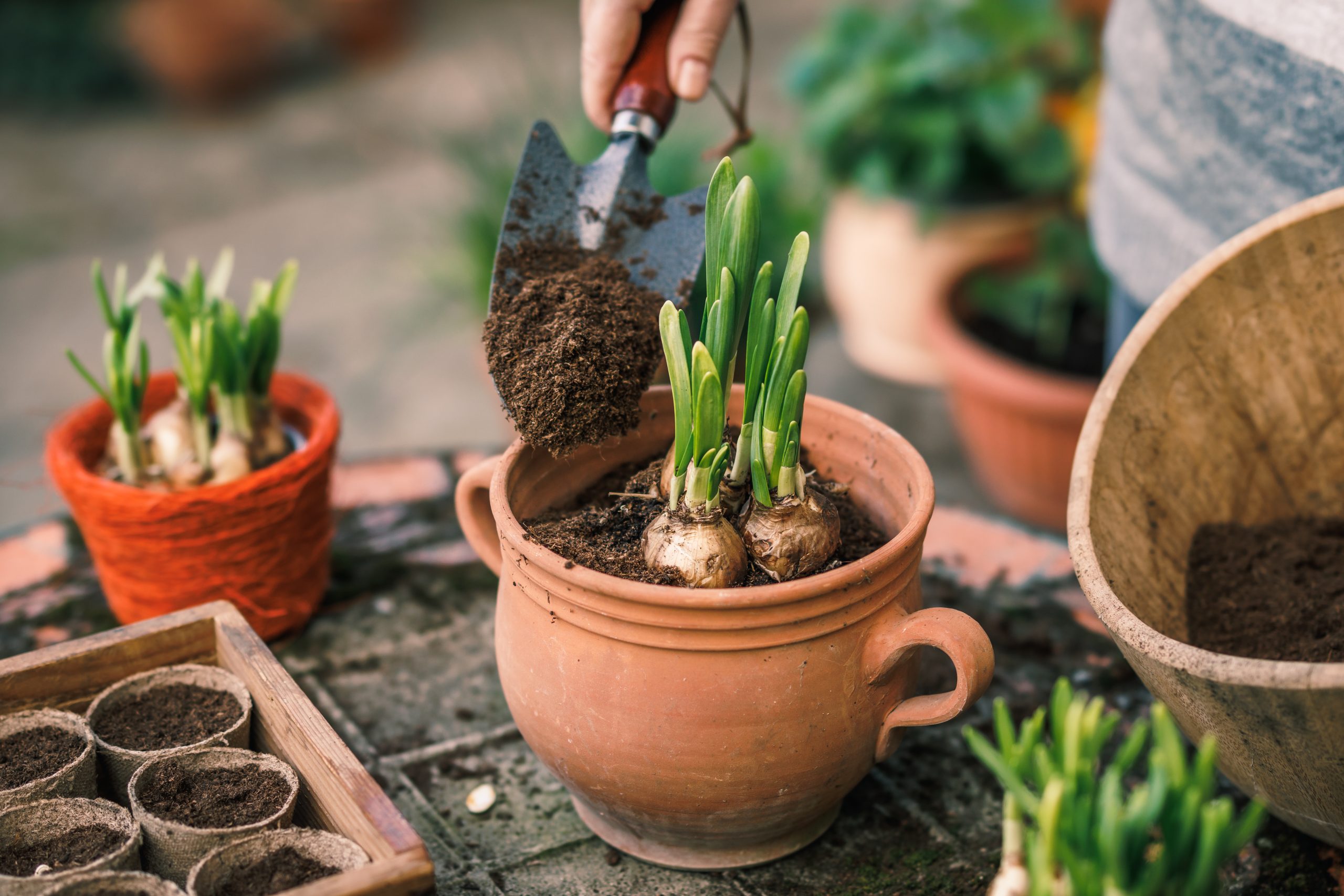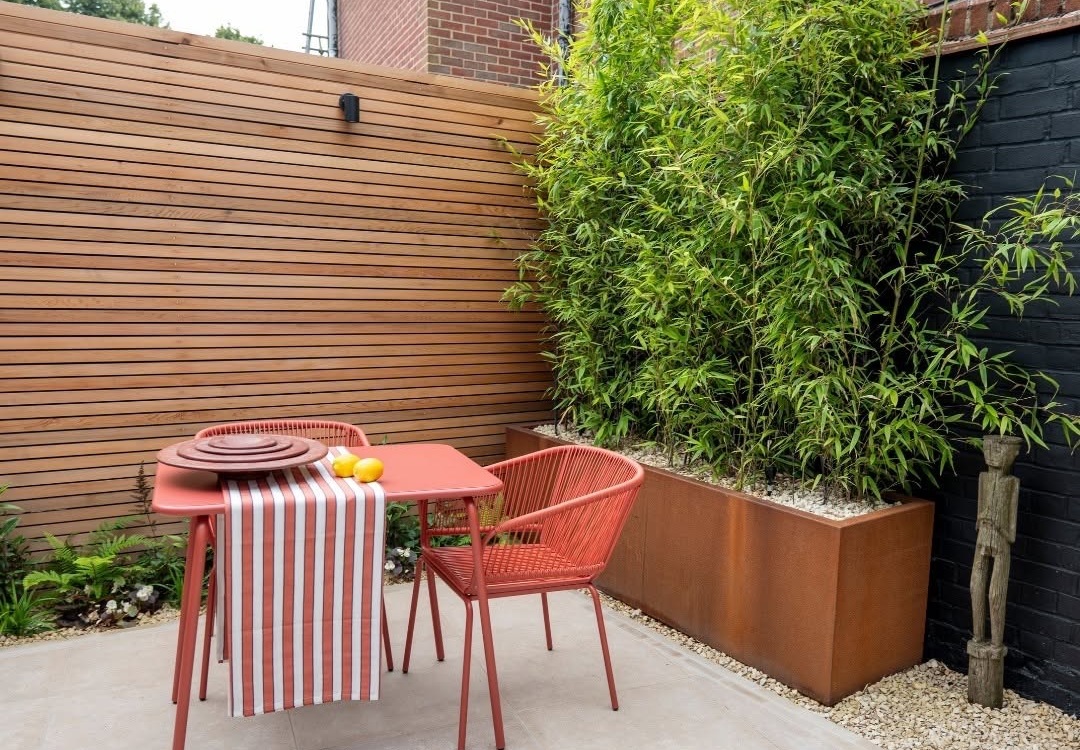Make a Statement With Cast Iron & Corten Steel Garden Statues
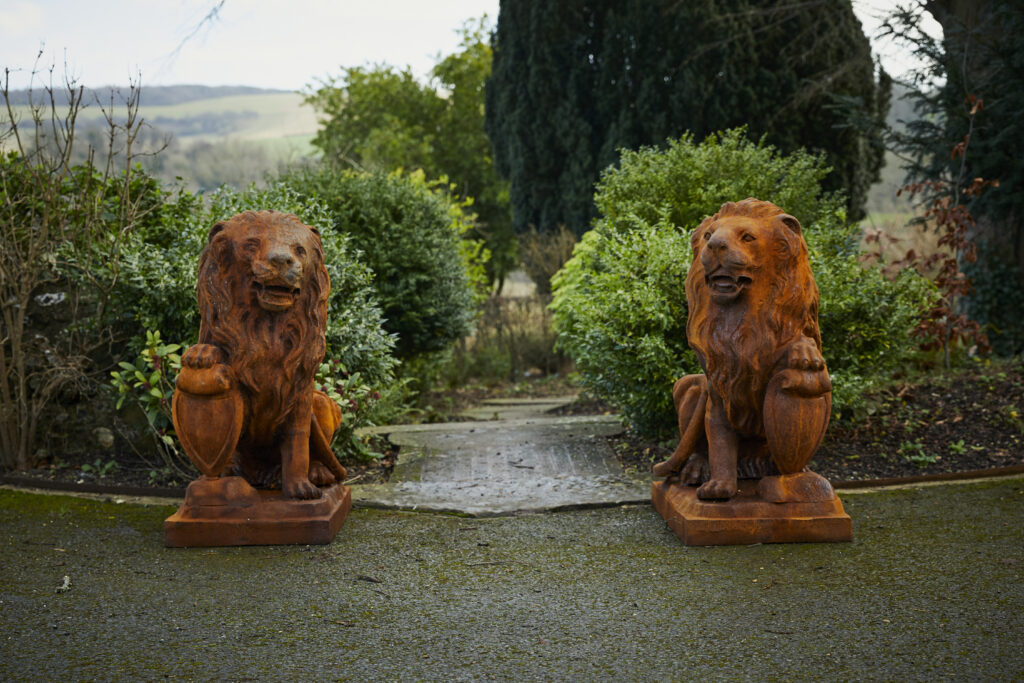
Statement statues and sculptures create eye-catching focal points that add depth and personality to any garden. Materials like cast iron and corten steel are especially popular, offering both durability and aesthetic appeal – and in this guide, we will help you decide on the perfect addition to your garden.
Why Garden Sculptures Make Perfect Focal Points
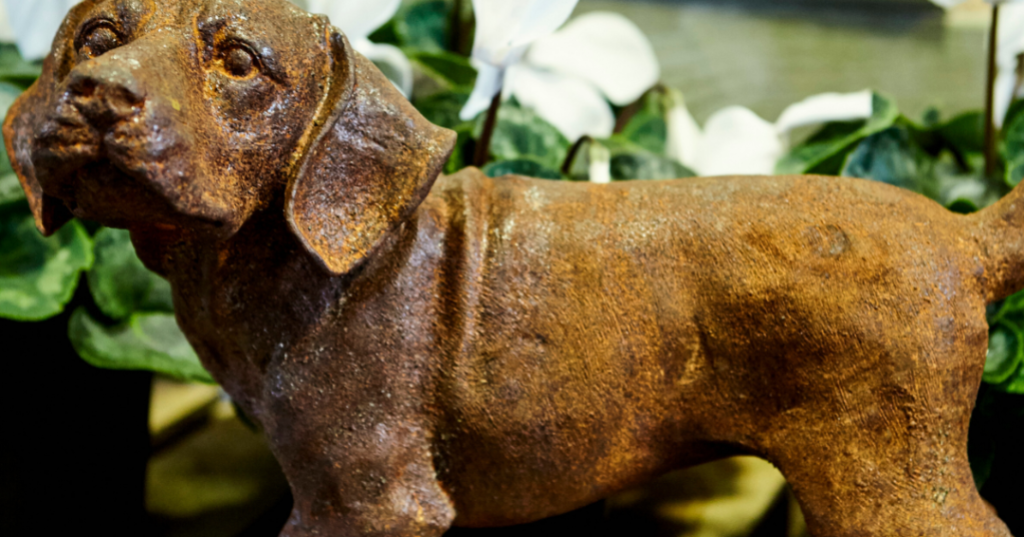
Focal points are a fundamental aspect of any well-designed garden, offering a visual anchor that helps guide the eye and bring structure to outdoor spaces. Garden statues and sculptures are an ideal way to create these points of focus.
Scale and placement are crucial. Larger pieces work well in open lawns or at the centre of a garden, while smaller figures are better suited to intimate corners, near seating areas, or nestled within flower beds.
Thoughtful positioning allows the sculpture to complement the natural flow of the garden while still capturing attention.
Choosing a Statue in the Right Material
Corten Steel – The Modern Sculptor's Material
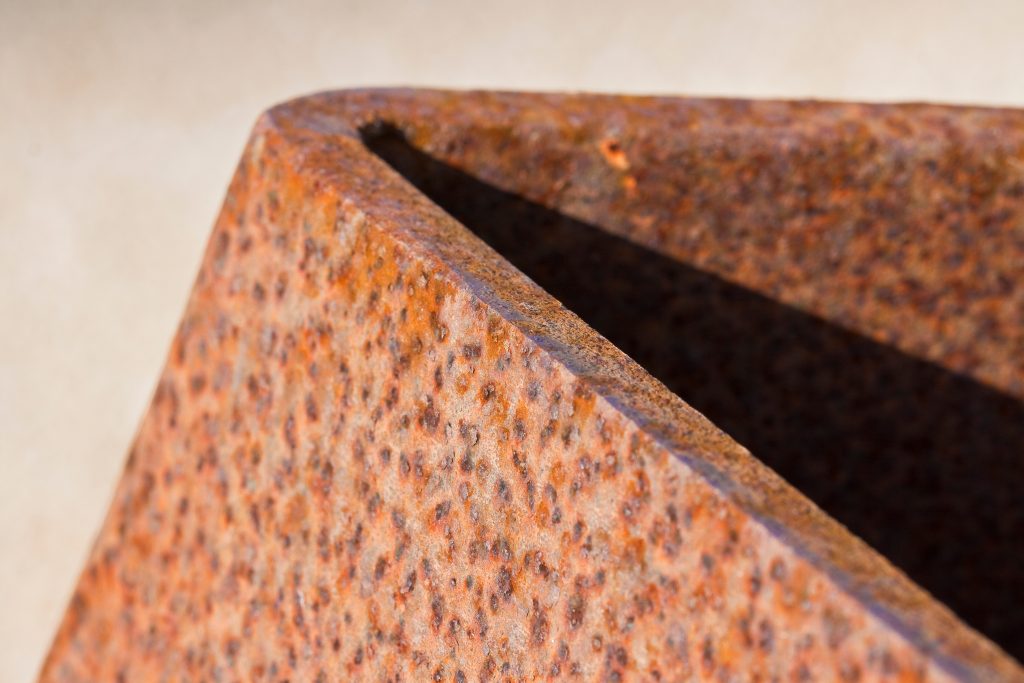
Corten steel, also known as weathering steel, has quickly become a favourite in modern garden design due to its industrial yet organic aesthetic. This unique material is prized for its ability to develop a natural rust-like patina over time, giving sculptures and garden features a rugged, earthy appeal that complements outdoor environments beautifully.
The weathering process of Corten steel is one of its most intriguing qualities. As it’s exposed to the elements, the steel begins to oxidise, forming a protective outer layer. This patina evolves over time, shifting from a dark, oily hue to a warm, rusty brown. The gradual transformation strengthens the statue's visual appeal while acting as a protective shield, preventing further corrosion. This means the steel grows stronger with age while developing its unique character.
Corten steel is often used to create striking garden features such as abstract sculptures, planters, and even water bowls.
Cast Iron - A Staple of Traditional Gardens
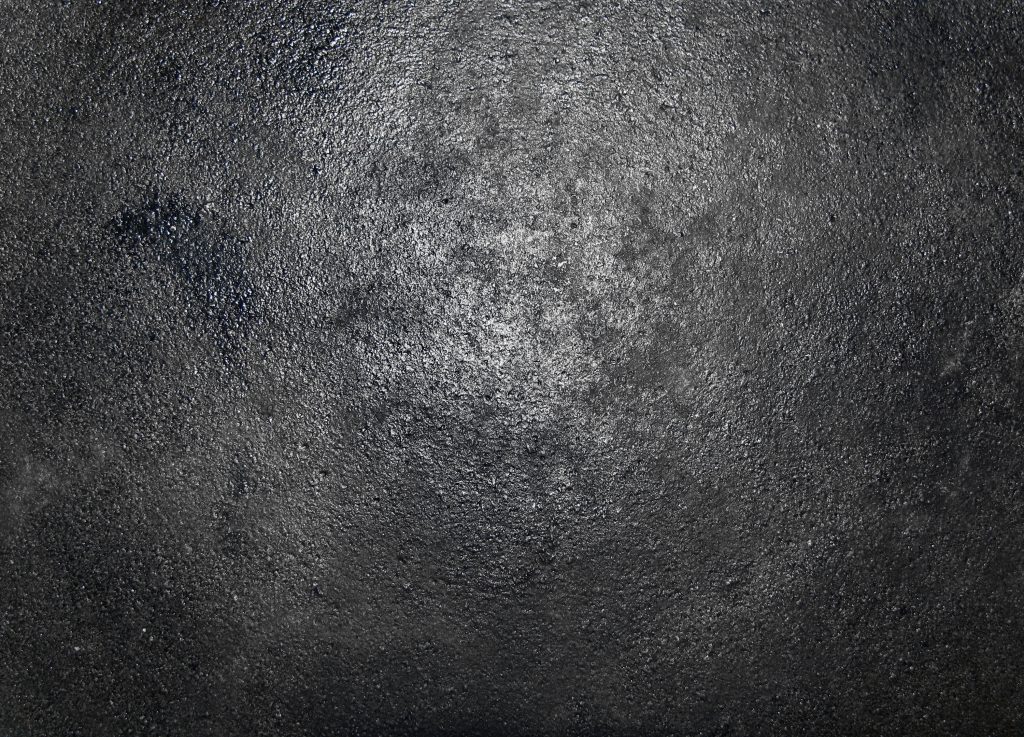
One of the most appealing characteristics of cast iron statues is how they age – much like corten steel. Over time, exposure to the elements causes the iron to develop a rich, weathered patina, which adds depth and character to the sculpture.
Although cast iron statues are often associated with traditional garden styles, they also work wonderfully in contemporary settings. Their bold, sculptural quality can provide a striking contrast in modern, minimalist gardens, creating a captivating focal point.
Popular cast iron pieces include animal sculptures like the Cast Iron Curious Cat Statue or the majestic Lifesize Proud Horse. For a whimsical touch, statues such as the Cast Iron Rabbit With Pipe add a playful touch.
How to Use Garden Statues as Garden Centrepieces

For large gardens, bold, oversized sculptures like the Cast Iron Lifesize Stag create a focal point that anchors the landscape and draws the eye from afar. In smaller gardens, the focus should be on proportion and balance. Smaller sculptures, such as the Cast Iron Watchful Dog Statue or Corten Steel Poli Garden Accent, can be nestled among flower beds, placed near pathways, or set on pedestals.
Surrounding sculptures with plants can soften their appearance and help them blend seamlessly into the landscape. For example, placing a cast iron or corten steel statue in a bed of ornamental grasses or shrubs allows it to appear as a natural extension of the garden, while still commanding attention. Pieces such as the Corten Steel Papi Dragonfly or various Corten Panel Designs work perfectly for this.
Maintaining Your Sculptures – Care and Preservation Tips
Corten steel and cast iron sculptures are known for their durability, but a little maintenance goes a long way in ensuring they remain a stunning feature in your garden for years to come.
- For corten steel, it’s important to allow the weathering process to occur naturally. The rust-like patina acts as a protective layer, preventing further corrosion. However, during the early stages of weathering, you may notice some rust run-off that can stain surrounding surfaces. To minimise this, consider placing your sculpture on a plinth or ensuring it’s slightly elevated from the ground.
- Cast iron sculptures also develop a natural patina over time, which adds to their charm. However, if you prefer to preserve the original finish or protect against excessive rust, you can apply a clear protective wax or paint. Regular cleaning with a soft brush and water will help keep dirt and debris from accumulating.
In most cases, these materials can be left to weather gracefully with minimal intervention. For those who prefer a more polished look, applying a rust inhibitor or oil-based treatment once a year can help maintain the sculpture's original appearance while providing additional protection from the elements.
Using Lighting to Enhance Garden Sculptures
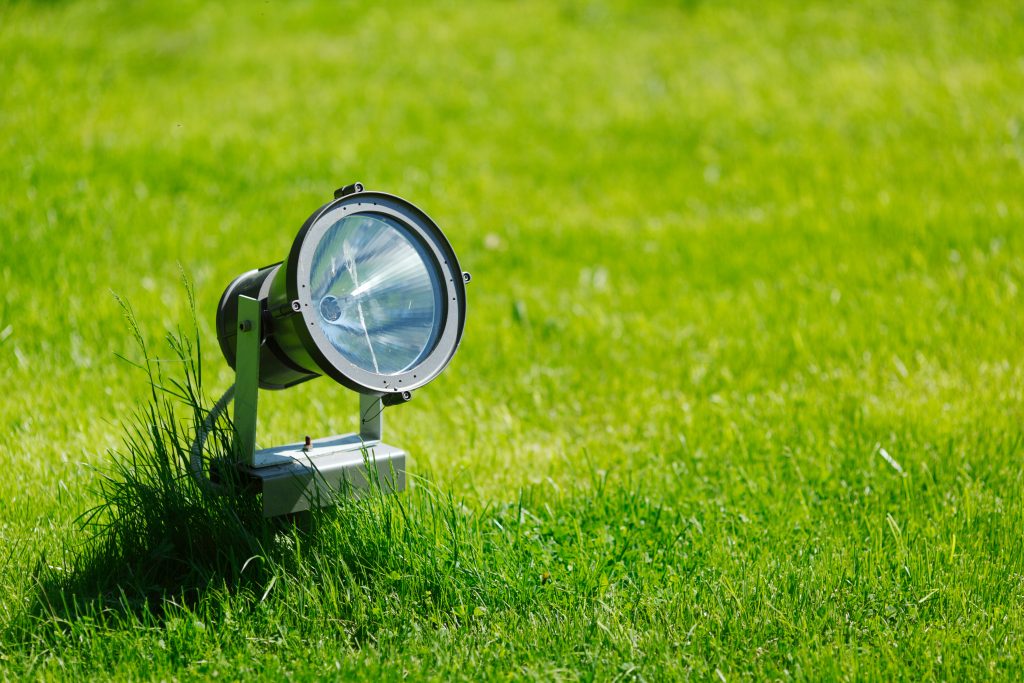
Lighting plays a crucial role in showcasing garden statues, especially at night, when they can become even more dramatic and captivating. By strategically placing outdoor lighting, you can highlight your sculptures and transform them into striking focal points after dark.
Spotlights and uplights are excellent choices for drawing attention to larger statues. When placed at the base of the sculpture, cast upward beams that create shadow and depth, magnifying the sculpture’s shape and texture.
For smaller statues or delicate pieces, solar lights provide a softer, more subtle glow. Solar stake lights can be positioned around sculptures, casting a gentle illumination that blends seamlessly with the natural surroundings.
Add the Perfect Finishing Touch to Your Garden

Cast iron and corten steel garden sculptures offer timeless appeal, making them a valuable investment for any garden. Both materials boast incredible durability, requiring minimal maintenance while ageing beautifully over time. Whatever you’re looking for, we have something for every outdoor style.
